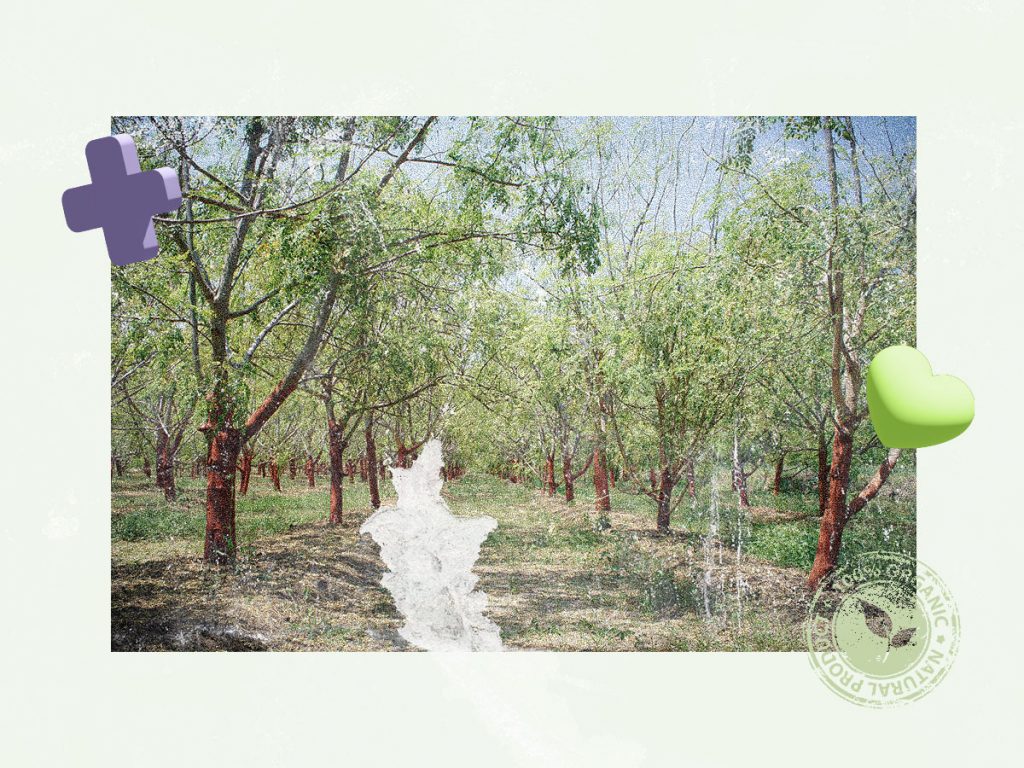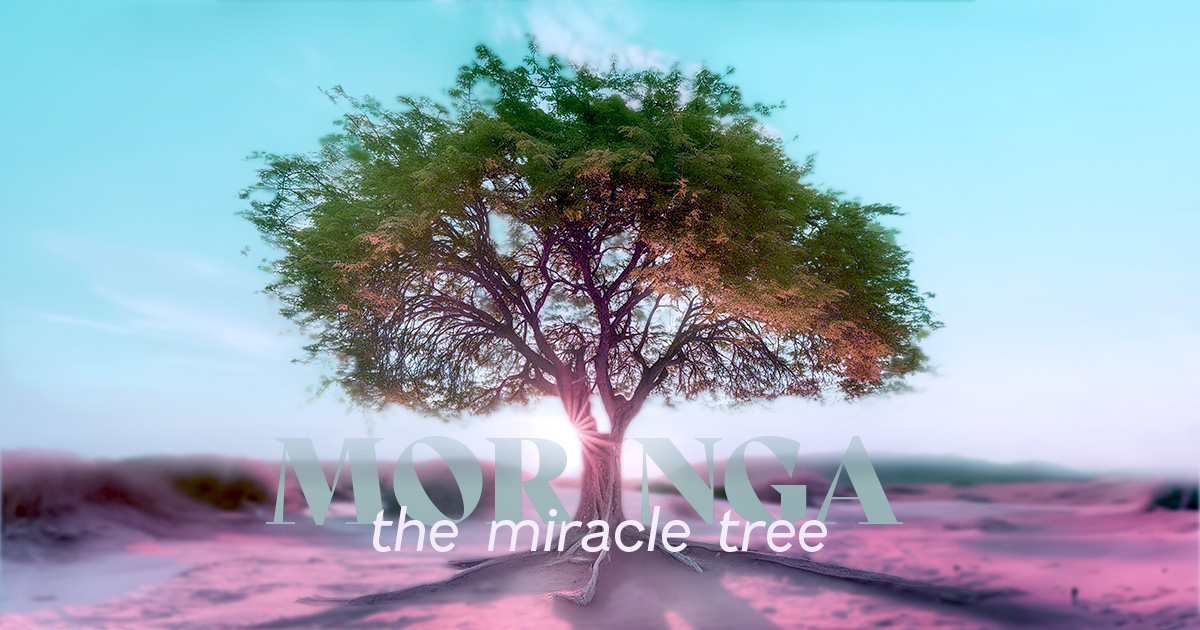Natural sources of nutrition that come packed with health benefits have rarely been more en vogue. Add moringa to that list.
To give it its full name, moringa oleifera is rich in both macro and micronutrients. Throw in some bioactive compounds and you have one tremendous source of goodness for body function and disease prevention. There is also versatility in how those health benefits can be dispatched. Edible parts of the moringa tree include its leaves, bark, root, fruit, seeds, and flowers.
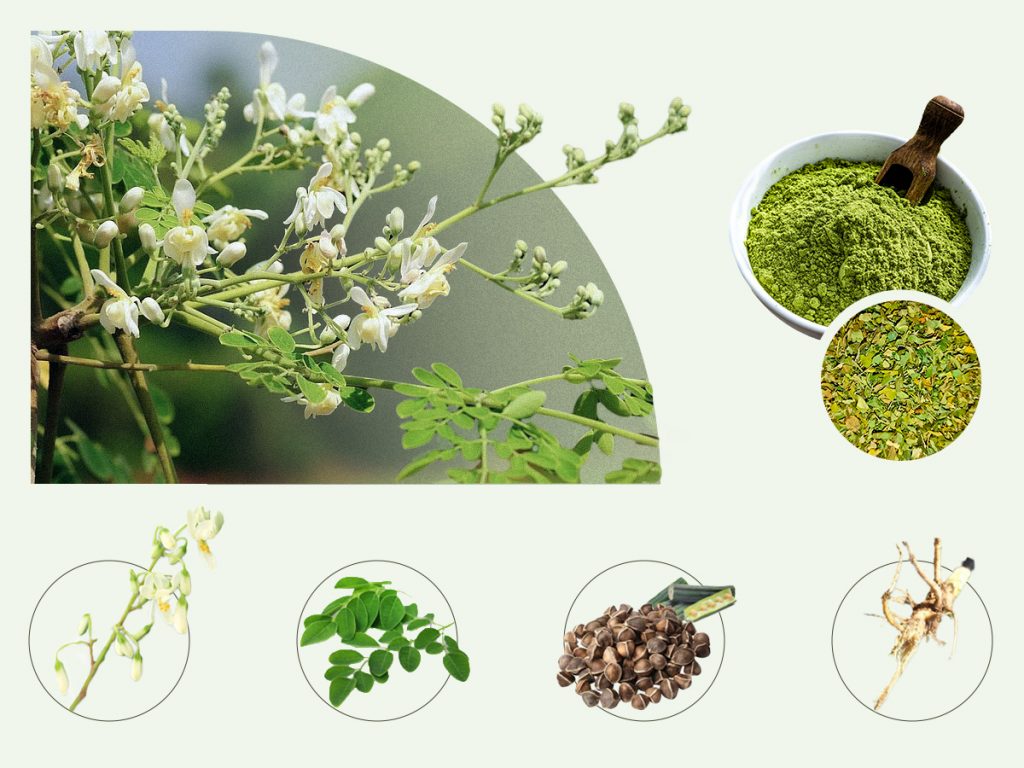
Consider that a single daily cup of moringa tea would;
- slow down the ageing process,
- protect cells from free radicals
- control blood sugar levels
- maintain heart health.
You might have to adapt your daily routine.
Origins of moringa
Moringa (moringa oleifera) is a tree native to the Indian sub-continent (North India to Northwest Pakistan). However, it is widely cultivated in all tropical and subtropical regions across the world due to its ability to resist diverse climates and poor soils . Moringa is referred to as the ‘miracle tree’ or ‘tree of life’ since it possesses numerous advantageous features.
This is first in a three-part series on the health benefits of moringa.
Nutritional benefits
You can benefit from several nutritional benefits when moringa is incorporated into recipes as an edible ingredient.
These benefits come from:
- minerals
- vitamins C and E
- proteins
- essential and non-essential amino acids
Not to mention the phenolic compounds like:
- gallic acid
- vanillin
- quercetin
- myricetic
- various antioxidants
These nutritional benefits of moringa are hugely diverse. According to the International Journal of Phytothearpy Research, they include having ten times as much vitamins compared to carrots, even 17 times more calcium than you would find in milk. In one cup of chopped moringa leaves, you can expect to find 11% of your recommended daily allowance of iron, 12% for vitamin C and a staggering 19% for vitamin B6, not to mention two grams of protein.
Thankfully, that impressive list of nutritional benefits can come in a variety of forms. Commonly, moringa leaves have been used as a powder or brewed as calming, caffeine-free tea.
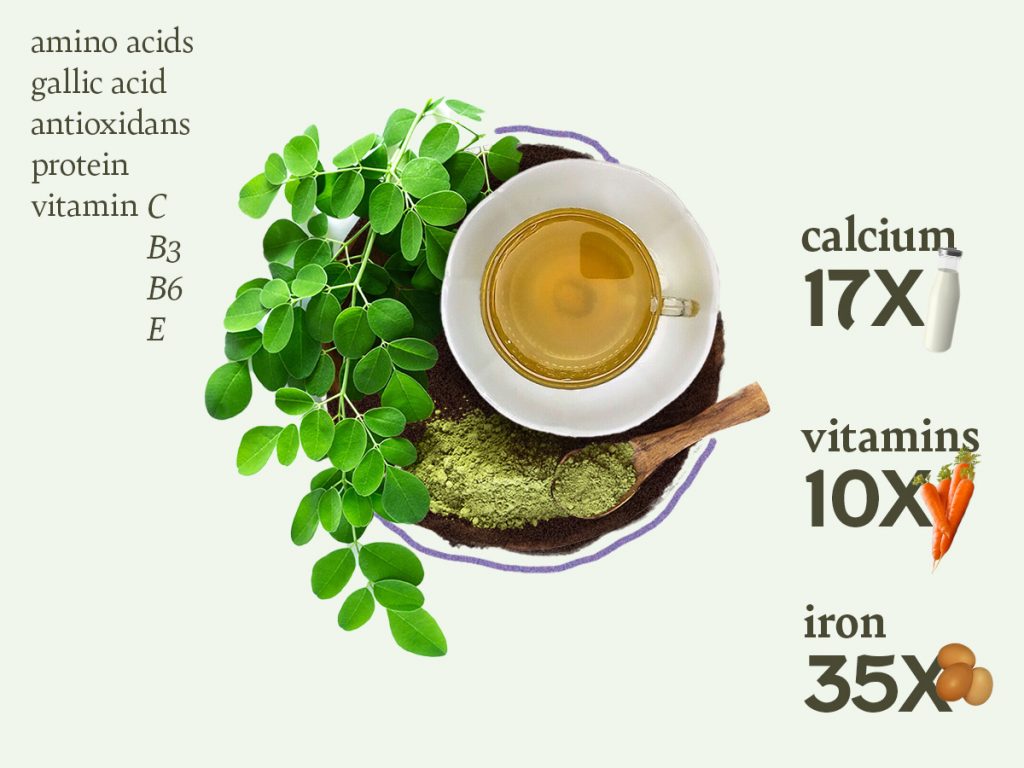
Consider that a single daily cup of moringa tea would;
- slow down the ageing process,
- protect cells from free radicals
- control blood sugar levels
- maintain heart health.
You might have to adapt your daily routine.
Lowering cholesterol
High cholesterol typically means a higher risk of heart disease. Several natural sources have been used to reduce high cholesterol. You can now include moringa alongside oats, almonds, and flaxseeds. Studies have shown that this is specifically down to how moringa leaves help reduce cholesterol increases in the liver, serum, and kidney.
Reducing blood sugar levels
Gone unchecked, blood sugar levels can also lead to heart disease. As well as lowering cholesterol, moringa can also help reduce blood sugar levels. This specific nutritional benefit can be largely down to plant chemical compounds like isothiocyanates. Studies have shown that the compound reduces high blood sugar levels by enhancing blood glucose consumption. Lowering blood sugar is desirable if you suffer from diabetes and can help reduce the chance of contracting diabetes, especially if you are from a high risk group.

How moringa has been used
Moringa can be used as an ingredient for food fortification to add micronutrients to one’s diet and prevent hunger. Simpler forms of moringa include it as a dietary supplement. Moringa leaf extract has even been used as a food preservative to reduce oxidation, improving the shelf life of meat. There are even gluten-free cookies that have been created with flaxseeds and moringa.

Navigating moringa’s various names
Crucially, moringa can be found in pretty much every tropical and subtropical climate. However, it does go by different names. While the tree’s value remains elevated for its high nutritional value and medicinally crucial phytochemicals, you may have to discover its local name. It can be called saijhan or sajna, marango or murungai, mlonge or mulangay, ben oil tree or even simply drumstick.
Research into using natural plants for their nutritional benefits has been growing, especially those with few side effects. It is known as the miracle tree for several reasons, one of which is its nutritional benefits. Moringa may soon be one of the most in-demand so it is worth getting in early to find out how it can work for you.
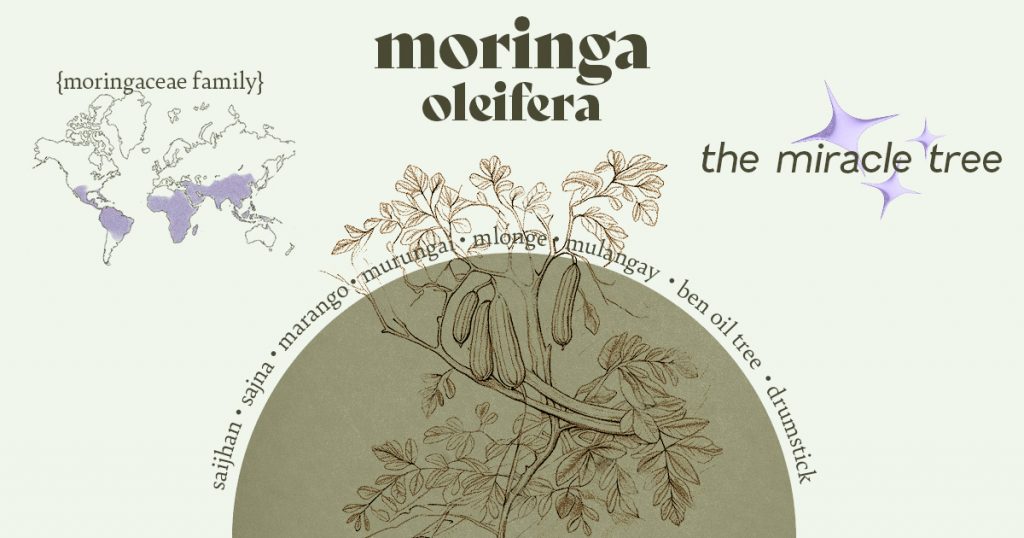
Credits
Words: Omar Soliman
Visuals: Kris Kiss
Register and try new moringa products for free!
Register to participate in our moringa product research study. Successful applicants will be invited to take part in consumer testing sessions where you will be amongst the first people in the UK to try new natural moringa-based products.
These products include:
- Food and nutrition products
- Cosmetics (hair and beauty products)
Participants will also be entered into a draw to win free product.
Find out more about the research study here.
